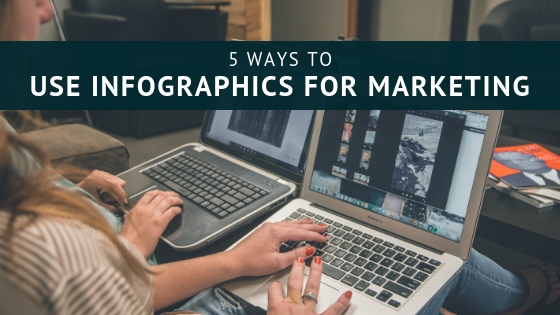An effective marketing strategy requires more than just text content. According to Search Engine Journal, the human brain interprets visuals approximately 60,000 times faster than text. While standard images and videos work well, however, nothing compares to the visualized marketing power of infographics. Using the following methods, business owners can capitalize on infographics to turbocharge their marketing strategy.
Submit to directories
After creating a high-quality infographic, business owners should submit it to some of the top infographic directories, such as Visual.ly and Infographic Bee. Most infographic directories allow visitors to use their infographics by copying and pasting the embed code on their own website, which automatically creates a backlink to the business owner’s website.
Share on social media
Business owners can attract more views to their infographic by sharing it on social media. Statistics show that images shared on Facebook generate 53 percent more likes than text posts. However, user engagement metrics for visuals is typically stronger across all social media networks, including Twitter, LinkedIn, Pinterest, and Instagram, so business owners shouldn’t focus solely on Facebook.
Design with brand elements
Designing an infographic offers the perfect opportunity for business owners to promote their brand. Including brand elements in the design, like the business’s name, slogan, colors and logo can help users remember the business after viewing its infographic. It also helps promote consistency and strengthen your brand by making sure any marketing materials you use also feature your brand elements.
Publish on website
According to HubSpot, publishing infographics on a website can boost the site’s traffic by 12 percent. Search engines love infographics just as much as human visitors. When published on a website, Google and Bing take notice of this high-quality visualized content and respond by increasing the site’s search rankings.
Include in marketing emails
Infographics can even be included in marketing emails. A separate HubSpot report found that 65 percent of internet users prefer emails that consist primarily of images whereas less than one-third of internet users prefer text-based emails. Using their business’s website and social media profiles, business owners can harvest users’ email addresses so that they can later send them infographics and increase the chance that those emails are read.
There are dozens of ways to use infographics for marketing, only a few of which are discussed here. Regardless of which method a business owner uses, he or she should design high-quality, detailed infographics to capitalize on this content marketing trend.


